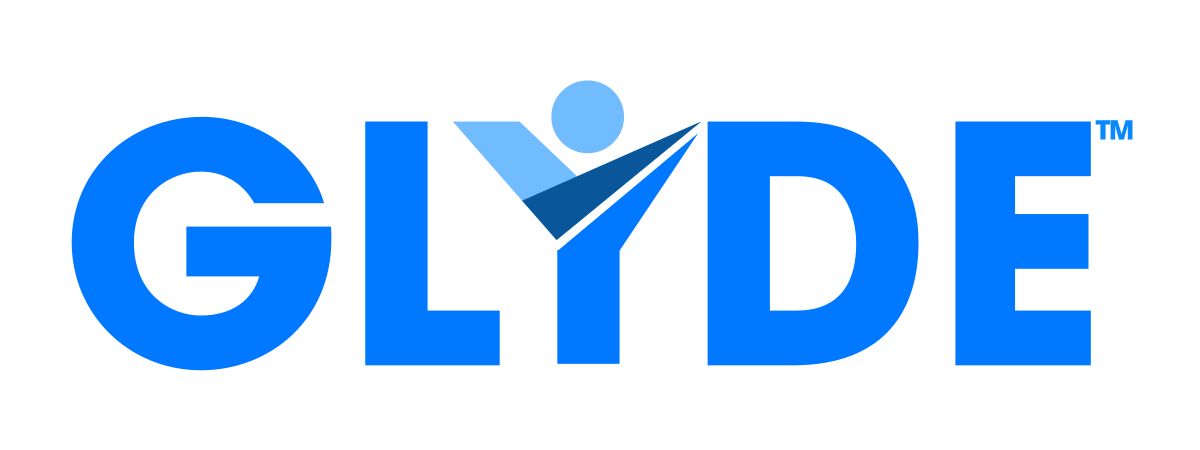In the busy world of recruitment, time is a currency that is always in short supply. Recruiters face the daunting task of not only discovering talent but engaging with them in meaningful ways that lead to successful hires. Yet, a significant portion of this precious time is consumed in a seemingly endless loop of phone tag and overflowing email inboxes. The impact of these outdated processes on recruitment effectiveness is a problem that hampers many organizations in securing the talent necessary to drive their businesses forward.
Imagine the typical morning of a recruiter, it starts with a to-do list punctuated with back-to-back phone calls, sending emails to potential candidates, and the hope of fulfilling interview slots by the end of the day. Despite best efforts, the end result is often a handful of voicemails left unanswered, emails buried under spam, and calendars sprinkled with rescheduled meetings. This scenario not only breeds frustration but also delays in filling key positions, ultimately affecting organizational growth and productivity.
The Stark Reality of Recruitment Outreach
To understand the depth of this issue, let’s dive into the statistics that paint a clear picture
-
The average recruiter spends up to 21 hours a week—over half of the 40-hour workweek—on outreach efforts that include making calls, leaving voicemails, and crafting emails that target potential candidates
-
The average corporate email open rate stands at 18-22%, leaving a vast majority of sent correspondence unopened, much less replied to. Source: Mailchimp
These are not just numbers; they represent the uphill battle recruiters are fighting to connect with inbound job applicants.
When operating in the highly competitive light industrial staffing sector, where job seekers are inundated with opportunities soon after submitting applications, our team only made contact with just over 25% of applicants. However, this achievement came at a significant cost, as our offshore team dedicated substantial time and effort to making countless phone calls, many of which went unanswered.
The Ripple Effect of Inefficiency
This inefficient outreach does more than waste time; it trickles down, impacting various aspects of the recruitment process:
-
Quality of Hire – With more time spent chasing leads, there’s less available for in-depth interviews and assessments, potentially compromising the quality of new hires.
-
Candidate Experience – Candidates today expect speedy and personalized communication. Delays and generic messages can turn off top talent, compounding hiring challenges.
-
Recruiter Burnout – The monotony and low success rates associated with traditional outreach methods contribute to high stress and burnout among recruitment professionals.
The modern recruiter must look beyond the traditional and embrace innovation for more strategic and efficient candidate engagement. Imagine if, instead of spending endless hours on the phone, recruiters could automate initial contact, personalize outreach effortlessly, and spend more quality time with engaged candidates.
Personalization at Scale is The Future of Outreach
The power of personalization in candidate outreach cannot be understated. Candidates today want to feel recognized; not just as a name in a database, but as individuals with unique skills and aspirations. This personalized approach not only enhances candidate experience but also improves response rates. However, achieving this personalized touch manually is a near-impossible task given the volume of candidates that recruiters have to engage with.
This challenge necessitates intelligent automation and AI-driven systems that can help recruiters tailor their messages at scale. Such technology learns from past interactions and constantly refines outreach strategies, ensuring that every candidate feels seen and heard without compromising the recruiter’s efficiency.
Innovating the Screening Process
Traditional screening methods often act as bottlenecks, yet they hold immense potential for optimization. Through AI-guided questions and real-time feedback, engagement becomes instantaneous, and suitable candidates can be fast-tracked through the hiring funnel with significantly reduced manual effort.
This level of automation doesn’t strip the human touch from the process but rather elevates it. Recruiters can still step in at crucial decision-making points, focusing their expertise where it matters most.
The Journey Towards Recruitment Excellence
To surmount the barriers of outdated candidate outreach methods, recruitment teams must embark on a journey of technological adoption. The integration of recruitment-specific tech solutions into the hiring process spearheads a move away from the tedium of futile phone calls and ignored emails. It charts a path towards recruitment excellence, marked by heightened efficiency, improved candidate experience, and, ultimately, the acquisition of superior talent.
As the world shifts into more data-driven and personalized modes of work, the recruitment industry must not lag behind. The future belongs to those who leverage the power of cutting-edge technology to glide through the complexities of talent acquisition.
The narrative of recruitment is changing, and it is time for recruiting teams to turn the page. Let’s step into an era where the sound of a ringing phone doesn’t echo unanswered and where inboxes become gateways to meaningful connections, not black holes where messages go to die. In doing so, we reclaim the precious currency of time and invest it in what truly matters: connecting with people and transforming talent into the driving force behind successful organizations.

